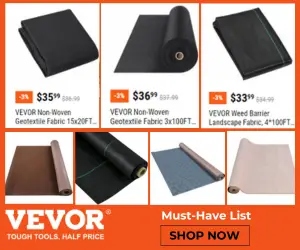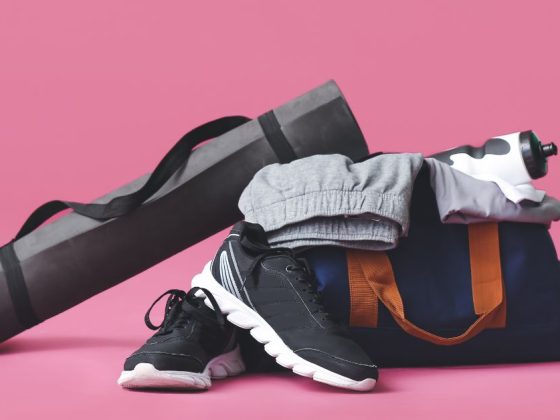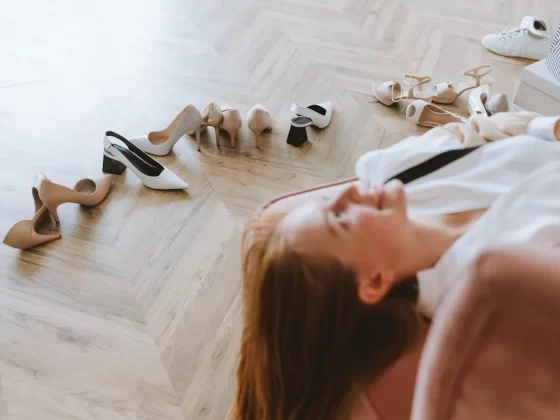Patches are not just for fixing holes or covering stains. They are also a great way to express your personality, creativity, and style. Whether you want to add some flair to your old jeans, spice up your jacket, or personalize your backpack, patches are the perfect solution. But with so many types of patches to choose from, how do you know which one to pick and how to style it? Don’t worry, we’ve got you covered. In this article, we will show you the different types of patches and how to style them for any occasion. You will learn how to:
- Choose the right type of patch for your fabric and design
- Apply patches to your clothing or accessories
- Mix and match patches to create a unique look
- Avoid common patching mistakes and pitfalls
By the end of this article, you will be able to rock your style with different types of patches and impress everyone with your fashion sense. So, let’s get started!
Types of Patches and How to Use Them
There are many types of patches available, each with its own advantages and disadvantages. Here are some of the most popular ones and how to use them.
Embroidered Patches
Embroidered patches are the most popular types of patches made with embroidery thread and feature raised designs. They are the most traditional and common type of patch and can be used to customize t-shirts, hats, jackets, and more. Embroidered patches are perfect for representing a club, organization, or special event. They can also be used to show off your hobbies, interests, or affiliations.

To use embroidered patches, you will need a sewing machine or a needle and thread. You can either sew them directly onto your fabric or use an iron-on backing to attach them. If you use an iron-on backing, make sure to follow the instructions carefully and use a low heat setting. You don’t want to damage your patch or your fabric.
Some tips for styling embroidered patches are:
- Choose patches that match the color and style of your clothing or accessory
- Don’t overcrowd your space with too many patches. Leave some room for your fabric to breathe
- Balance the size and shape of your patches. Don’t mix large and small patches or round and square patches
- Arrange your patches in a symmetrical or asymmetrical pattern, depending on your preference
- Have fun and experiment with different combinations and placements
PVC Patches
PVC-made patches are types of patches that are made from a durable, water-resistant material that offers flexibility and versatility. They are ideal for outdoor activities, military uniforms, and sports teams. PVC patches can feature any design, color, or shape and can be customized to your specifications. They are also easy to apply and remove, as they usually have a Velcro backing.

To use PVC patches, you will need a Velcro-compatible surface, such as a jacket, backpack, or hat. You can simply stick the patch onto the surface and peel it off when you want to change it. You can also sew the Velcro onto your fabric if you want a more permanent attachment.
Some tips for styling PVC patches are:
- Choose patches that contrast with your fabric color for a more striking effect
- Mix and match different PVC patches to create a dynamic and diverse look
- Use PVC patches to show your support for a cause, team, or organization
- Be creative and use PVC patches to make a statement or a joke
Leather Patches
Leather patches are types of patches made from genuine or faux leather and feature engraved or embossed designs. They are a stylish and durable option that can add some edge and elegance to your wardrobe. Leather patches are suitable for jackets, bags, jeans, and even shoes. They can also be used to display a brand’s name or logo.
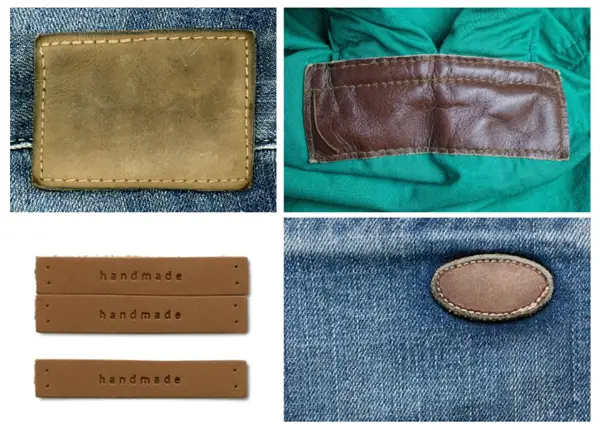
To use leather patches, you will need a leather-compatible adhesive, such as leather glue or cement. You can also use a sewing machine or a needle and thread, but be careful not to damage the leather or the patch. You will need to apply the patch to a clean and dry surface and press it firmly for a few minutes. You may also need to clamp or weight the patch until the glue dries.
Some tips for styling leather patches are:
- Choose patches that complement the color and texture of your leather item
- Don’t use too many leather patches on one item. One or two patches are enough to make an impact
- Use leather patches to enhance the quality and value of your item
- Be careful not to expose your leather patches to excessive heat, moisture, or sunlight, as they may fade or crack
Printed Patches
Printed patches, also known as sublimated or heat transfer types of patches, are made from a special ink that is heat transferred onto a fabric. They are ideal for customers who want precise and intricate detail and full-color designs. Printed patches can feature any image, text, or graphic and can be customized to any size or shape. They are also very affordable and fast to produce.
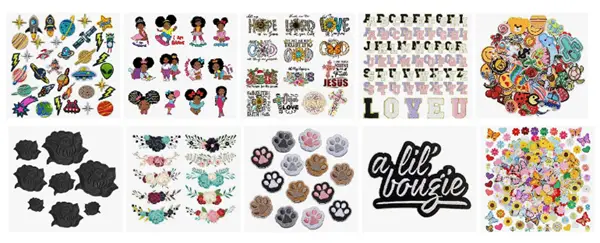
To use printed patches, you will need an iron or a heat press. You will also need a protective piece of paper or cloth to cover the patch and prevent it from burning or sticking. You will need to place the patch on your fabric and apply heat and pressure for a few seconds. You will then need to peel off the paper or cloth and let the patch cool down.
Some tips for styling printed patches are:
- Choose patches that match the theme and mood of your clothing or accessory
- Use printed patches to showcase your artistic skills or personal photos
- Use printed patches to create a collage or a mosaic effect
- Be careful not to wash or dry your printed patches too often, as they may fade or peel off
How to Style Patches on Any Type of Clothing
Now that you know the different types of patches and how to use them, you may be wondering how to style them on any type of clothing. Here are some general tips and ideas to help you out.
Denim is one of the most versatile and patch-friendly fabrics because you can use any type of patch on denim and create a casual, cool, or chic look. Whether its jeans, jackets, shirts, or skirts, there are good patches to cover up any holes, rips, or stains on your denim items, make them more interesting and unique, and give them a new life.
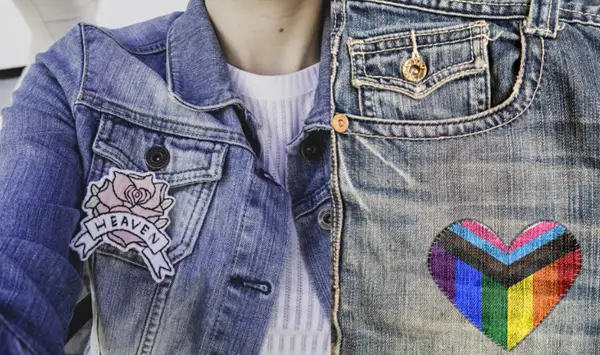
T-shirts: You can use any type of patch to personalize your plain or boring t-shirts and make them more fun and fashionable. In addition, even without a hole or tear, patches can be used to express your opinions, beliefs, or humor on your t-shirts and make a statement. Place it on the front, back, sleeves, or collar and create different effects and aesthetics.
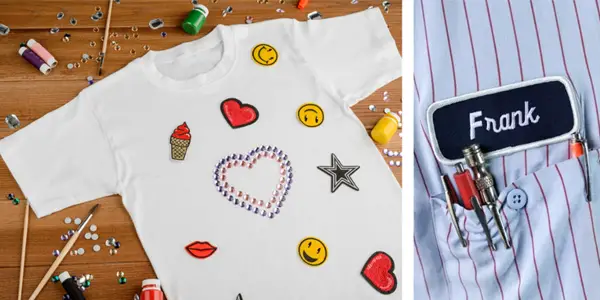
Jackets are a perfect way to show off your patches and your style, as they transform your jacket into a statement piece that reflects your personality and taste. Moreover, use the correct types of patches that can add some warmth and color to your jacket and make it more suitable for different seasons and occasions. Stitch them nicely on your jacket on the chest, back, shoulders, or sleeves and create different looks.

Bags are another accessory that can benefit from patching. Customizing your bag will make it more attractive and functional. You can also use patches to identify your bag and make it easier to find. You can patch your bag on the front, back, sides, or straps and create different styles.
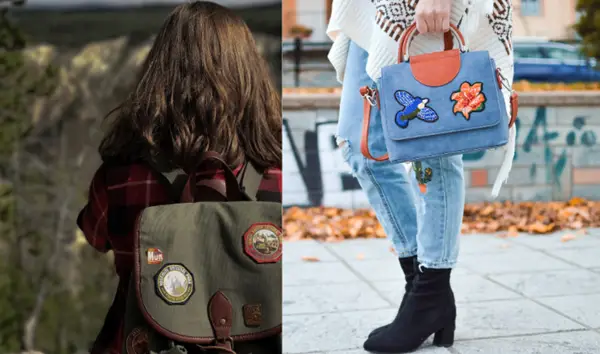
Hats and caps are a fun and easy way to patch and level up your clothing style. There are so many patches to choose from to decorate your hat and make it more stylish and eye-catching. Either use patches to show your support for a team, cause, or organization and make a difference. Add the patch to your hat on the front, back, sides, or brim and create different looks. Also, you can make a plain cap or hat interesting and fun as a souvenir item to sell if they are really good at it.
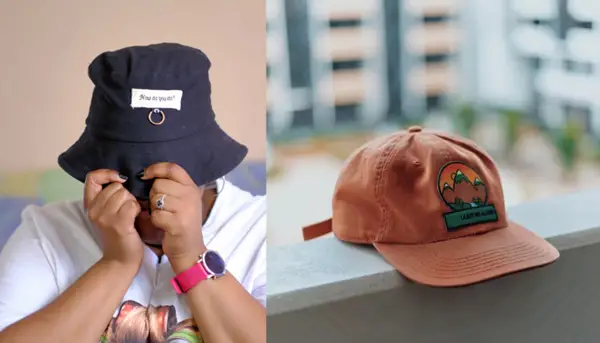
Common Patching Mistakes and How to Avoid Them
Patching can be a fun and rewarding activity, but it can also be tricky and frustrating if you don’t do it right. Choosing the right types of patches is always necessary. Here are some common patching mistakes and how to avoid them.
- Choosing the wrong type of patch for your fabric or design: Not all patches are compatible with all fabrics or designs. Some patches may be too heavy, too stiff, or too delicate for your fabric or design. For example, you don’t want to use a bulky leather patch on a thin silk fabric or a detailed printed patch on a busy patterned fabric. To avoid this mistake, you should always check the compatibility of your patch and your fabric or design before you apply them. You should also test your patch on a small or hidden area of your fabric or design to see how it looks and feels.
- Applying patches incorrectly or unevenly: Applying patches can be tricky, especially if you are using a sewing machine, an iron, or glue. You may end up with patches that are crooked, wrinkled, loose, or damaged. To avoid this mistake, you should always follow the instructions and tips for applying your patches carefully and accurately. You should also measure and mark your fabric or design before you apply your patches to ensure they are aligned and spaced properly. You should also use the right tools and materials for your patches and your fabric or design to ensure they are attached securely and safely.
- Overdoing or underdoing your patches: Patches can be a great way to enhance your style and express your creativity, but they can also be a disaster if you use them too much or too little. You don’t want to end up with patchwork that is too busy, too boring, or too mismatched. To avoid this mistake, you should always balance the quantity and quality of your patches with your fabric or design. You should also consider the occasion, the season, and the mood of your outfit and your patches. You should also have fun and experiment with your patches and your fabric or design to find the best combination for you.
Any type of patch for clothing and bags is a wonderful way to spice up your style and express your individuality. They can also be a fun and creative hobby that you can enjoy with your friends and family. Whether you want to customize your clothing, accessories, or even your shoes, patches are the way to go.
Choose from different types of patches, such as embroidered, PVC, leather, or printed, and apply them to your fabric or design with ease. You can also mix and match different patches to create a unique and stunning look. Just remember to avoid the common patching mistakes and follow the tips and ideas in this article. You will be able to rock your style with different types of patches and impress everyone with your fashion sense.
So, what are you waiting for? Pick the types of patches that you want and start patching your clothes today!
